1986

The horizontal picture has been made by assembling three canvases, that is, a black rectangle, a rough-textured white rectangle, and, running through the bottom, a long, thin, bright red rectangle with black stripes. Anyone would think it is a very abstract, geometrically constructed painting. The artist, however, states that the work was painted as a totally concrete image filled with social and psychological meaning and content. "I. These are paintings of prisons, cells, and walls. II. Here, the idealist square becomes the prison. Geometry is revealed as confinement. Ⅲ. The cell is a reminder of the apartment house, the hospital bed, the school desk―the isolated endpoints of industrial structure. IV. The paintings are a critique of idealist modernism. In the 'color field' is placed a jail. The misty space of Rothko is walled up. V. Underground conduits connect the units. 'Vital fluids' flow in and out. VI. The 'stucco' texture is a reminiscence of motel ceilings. VII. The Day-Glo paint is a signifier of 'low budget mysticism.' It is the afterglow of radiation." (Halley, "Notes on the Paintings", 1982). In the early 1980s, Halley began making works that copied geometric abstraction paintings using industrial materials like Roll-a-Tex and fluorescent Day-Glo paint. Referring to the post-Modernist thought of pundits like Foucault, he wished to present a basic criticism of abstract painting as a modernistic pictorial formula and especially of Minimal Art abstract painting at its extreme. As leading examples of Neo-Geo or Simulationist art, Halley's works have received world-wide attention since the late 1980s.
1953-
| Genre | Paintings |
|---|---|
| Material/technique | Acrylic, Day-Glo acrylic, Roll-a-Tax on canvas |
| Dimensions | 149×457.5cm |
| Acquisition date | 1992 |
| Accession number | 1992-00-0048-000 |
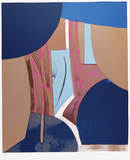
IKEDA Masuo
1986
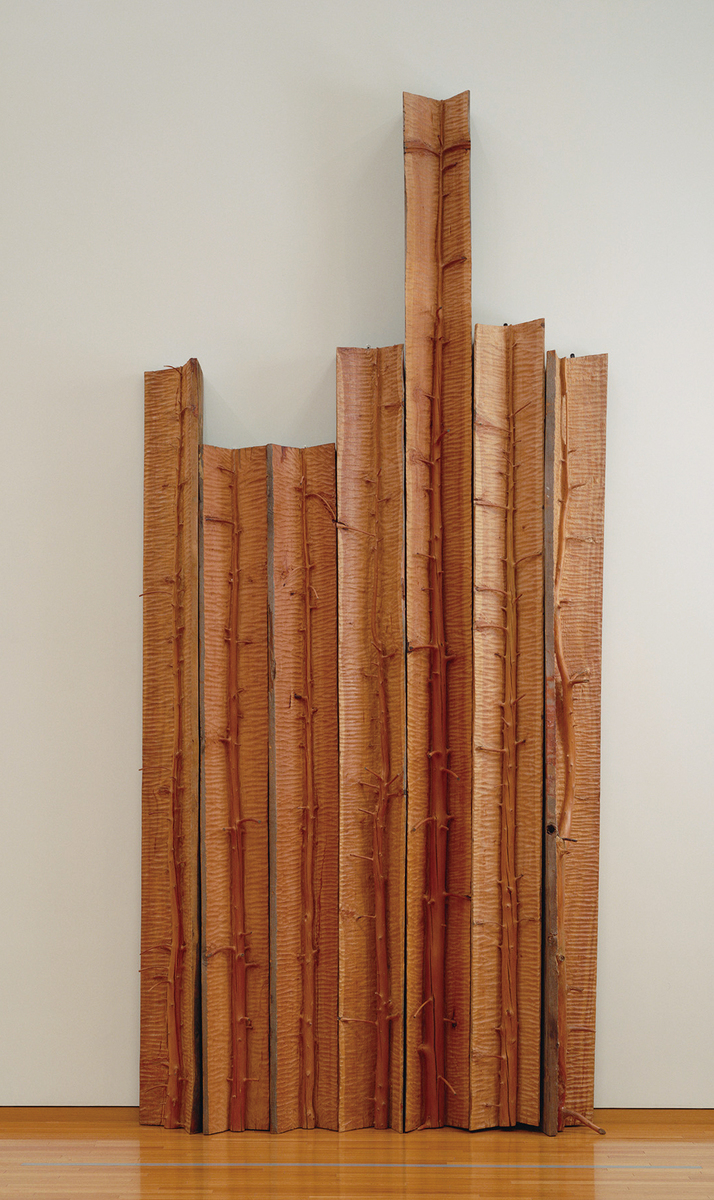
Giuseppe PENONE
1986-89
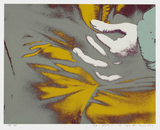
YOSHIDA Katsuro
1986
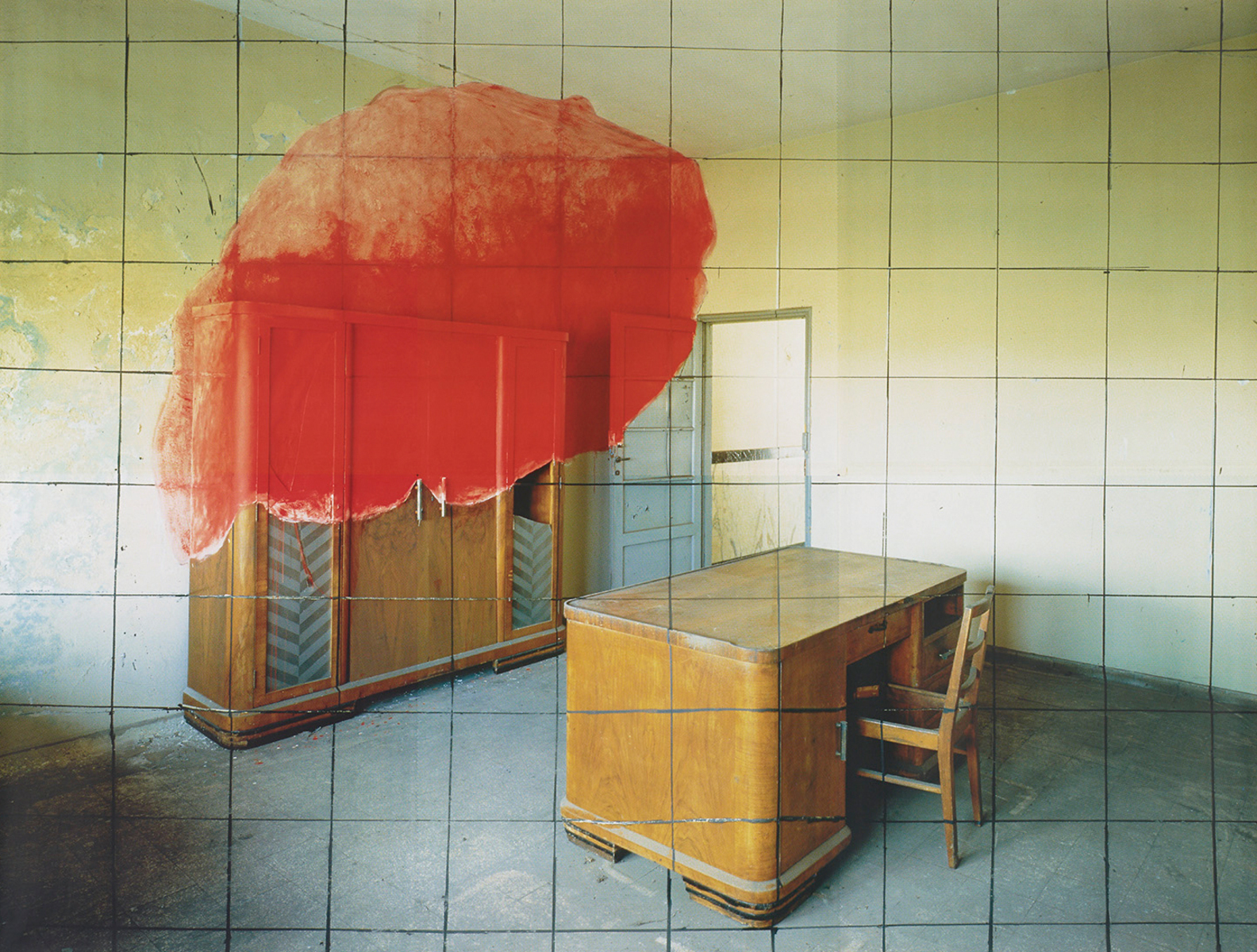
Georges ROUSSE
1986
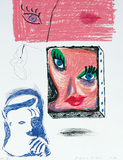
David HOCKNEY
1986
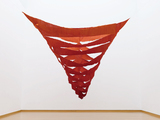
TAKAGI Toshiko
1986

YONETANI Kiyokazu
1986

Donald SULTAN
1986

KAWASAKI Asako
1986

George BRECHT
1986